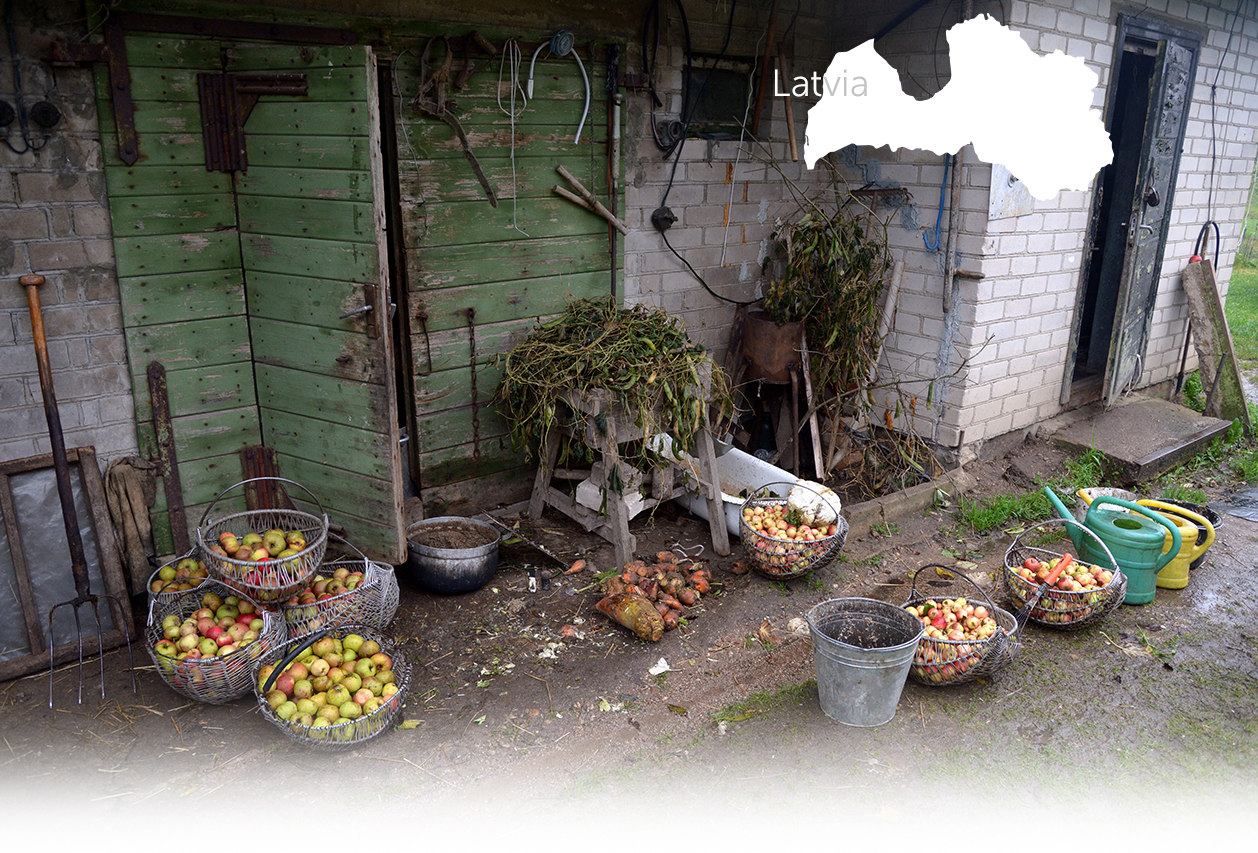

1 Killing site(s)
"From the first days of the occupation of the city of Ilūkste, Latvian SSR, the Germans appointed their own commandant and, under his leadership and with the help of traitors and collaborators, from July 1 to 19, 1941, carried out mass arrests and shootings of Soviet citizens of the Ilūkste district, as well as citizens brought in trucks from the Lithuanian SSR, including women, children, and the elderly. Those arrested were herded into the basement of a former Catholic monastery. In the basement, prisoners were subjected to horrific beatings. The basement was generally overcrowded and filthy, with prisoners standing in their feet. At night, groups of 15-20 people were taken out to be shot. Soviet citizens condemned to death were brought to previously dug ditches, where they were stripped naked, lined up in groups of 5-6, had rings and valuables torn from their hands, gold teeth pulled out from their mouths, and shot with machine guns using explosive bullets. They were then thrown haphazardly into the ditch, and the next group was brought forward to be shot. Between 15 and 80 people were thrown into each ditch. […]
The graves of brutally murdered Soviet citizens are located south and southwest of the Jewish cemetery of Ilūkste. The first grave, measuring 3m by 2.5m, located 6 meters south of the cemetery fence, contains 15 bodies of activists from the Dvietes volost. The second, measuring 6m x 2.5m, located 10 meters south of the cemetery fence, contains 70-75 bodies of women, children, and elderly people. The third, measuring 6m x 2.5m, located 18 meters south of the cemetery fence, contains approximately 85-90 bodies. The fourth, measuring 15m x 3m, located 40 meters southwest of the cemetery fence, contains 330 bodies of men, women, children, and elderly people brought from Lithuania. […]
Other mass graves are located in the courtyard of a municipal building (kommandantur) at 7 Tchapaev Street and in the courtyard of an administrative building at 35 Voroshilov Street." [Act drawn by State Extraordinary Soviet Commission (ChGK), on September 24, 1944, p. 30; GARF 7021-93-111/Copy USHMM RG.22-002M]
Ilūkste is located approximately 20 km (12.4 mi) northwest of Daugavpils, the regional center. Its Jewish community dates back to the first half of the 19th century. In 1888, Avraam Leib Schlossberg became the first rabbi selected from among the town’s local Jewish residents.
By 1897, the Jewish population had grown to 842 individuals, and the town was home to two synagogues. By 1910, this number had increased to 1,016. However, the Jewish community of Ilūkste effectively ceased to exist during the First World War, when the town—situated on the front line—was completely destroyed.
During the interwar period, as Ilūkste became part of an independent Latvia, the Jewish community began to recover gradually. According to the 1935 census, there were 71 Jewish residents in the town, comprising 5.46% of the total population. They were primarily engaged in trade, crafts, and various service professions. Several Jewish societies operated in the town during this time, including the Malbish Arumim society, which provided clothing for the poor, and the Gemilas-Chesed society, which offered interest-free loans. Ilūkste also had a prayer house and a cheder (Jewish religious school).
According to various sources, approximately 12 Jewish families were living in Ilūkste on the eve of the Second World War.
Following the launch of Operation Barbarossa on June 22, 1941, some local Jews—along with others from the surrounding areas and from Lithuania—attempted to flee to Daugavpils. However, as the city had already fallen under German occupation, the refugees, including those from outside Latvia, were forced to return to Ilūkste. The town itself was occupied shortly thereafter, between June 27 and 28, 1941. Soon after the occupation, a new local administration was installed, which included a Self-Defense squad—initially formed from former Aizsargi members, policemen, and civilian volunteers—that was later transformed into a death squad.
By early July 1941, anti-Jewish policies were swiftly enacted. Jews were required to wear yellow stars and were subjected to forced labor, both at the train station and in agricultural work. Between July 1 and 19 (according to Soviet archives), Jewish residents of Ilūkste were gradually arrested and confined in the basement of the former Catholic monastery. There, they were detained in inhumane conditions alongside communists and POWs, under the supervision of members of the local fire brigade.
Shortly thereafter, mass executions were carried out at the Jewish cemetery in Ilūkste. Over the course of three separate Aktions, 60 local Jews, 30 Lithuanian Jews, several POWs, and a number of civilians were murdered by the Self-Defense squad. The first group—7 Lithuanian Jews—was executed around July 20, 1941, after being forced to dig their own grave and stand at its edge before being shot. On the following day, at 3 p.m., another group, including local Jews, was killed at the same site, followed by a third group executed at the same hour the next day. Before their deaths, victims were robbed of their possessions; their gold teeth were extracted. According to some sources, Jews from Bebrene parish and several political activists from Dviete volost were also among those murdered at the Ilūkste Jewish cemetery.
Soviet archival records indicate that a total of 553 Soviet citizens—including 148 children—were executed in Ilūkste during the German occupation.
In August 1941, the remaining Jews—those temporarily spared due to their forced labor in agriculture—were deported to the Daugavpils ghetto. A small number of them may have survived.
During the Soviet era, a memorial was erected at the Ilūkste Jewish cemetery. The monument is dedicated to Soviet citizens who perished at the hands of the German fascist occupiers during the 1941–1945 occupation of the Latvian SSR. While it lists many surnames, none of the names identified as Jewish are included.
Do you have additional information regarding a village that you would like to share with Yahad ?
Please contact us at contact@yahadinunum.org
or by calling Yahad – In Unum at +33 (0) 1 53 20 13 17